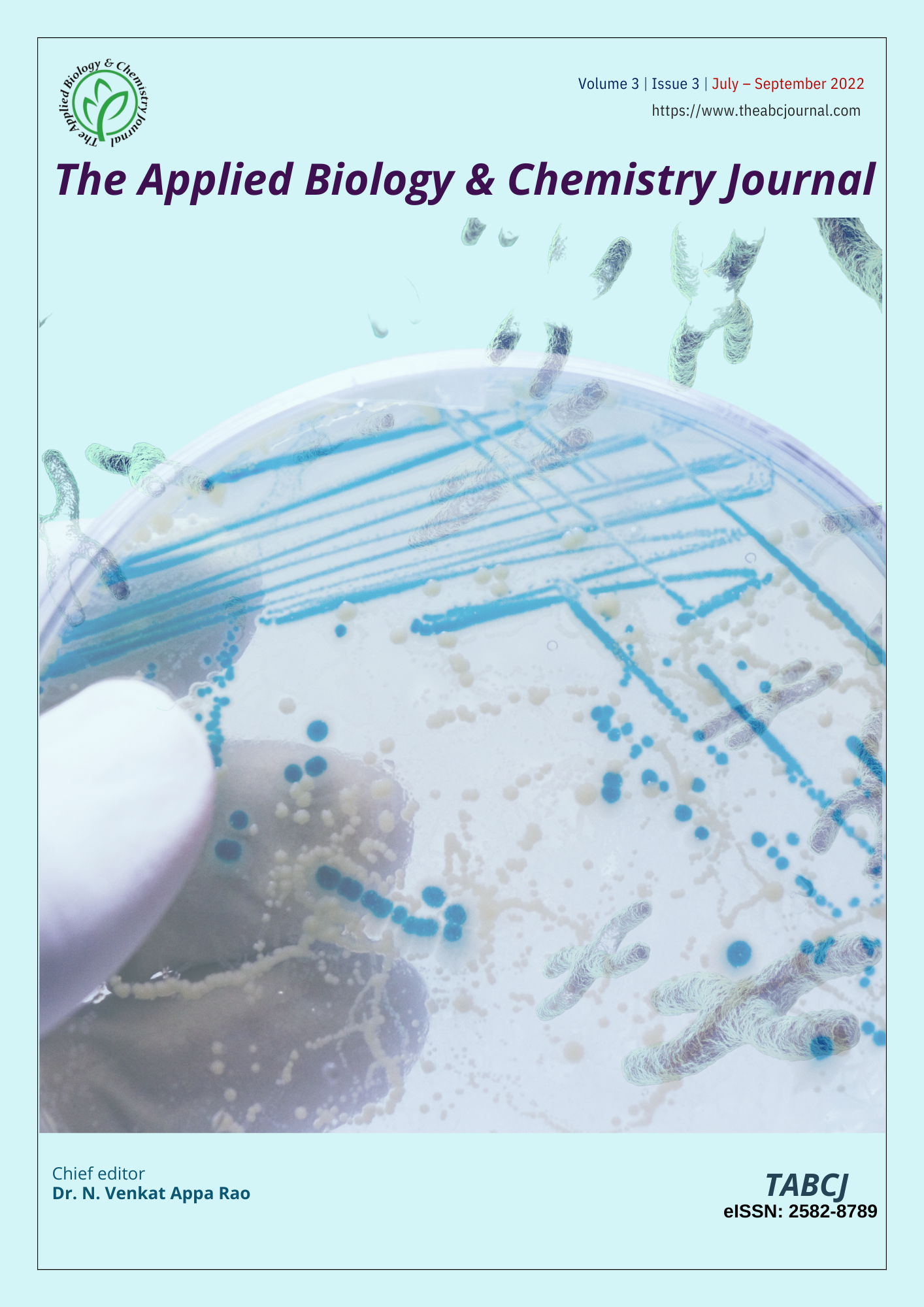Assessment of phytochemical screening and antioxidant potential of Heteropogon contortus (L.) whole plant
DOI:
https://doi.org/10.52679/tabcj.2022.0007Keywords:
antioxidant activity, Heteropogon contortus, phytochemical screening, secondary metabolitesAbstract
Heteropogon contortus (L.) belongs to the family Poaceae, which is known to have bioactivities like an anti-inflammatory, antioxidant, membrane, and mast cell stabilization, antimicrobial, and many more. The aim of the present study is to explore the occurrence of phytochemicals and antioxidant activity by using the whole plant (including leaf, stem, and root) crude extract in three different solvents (methanol, hydroethanol, and aqueous). Using standard methods, the presence of various bioactive compounds was determined. Quantitative evaluation of total phenol, flavonoid, and tannin content was done by using spectrophotometric techniques. For antioxidant property analysis, in vitro techniques like ferric reducing antioxidant potential (FRAP) assay, 2,2-diphenyl-1- picrylhydrazyl (DPPH), and metal chelation assay were used. In plant extract preparation, the green color extract of methanol with solid consistency was observed to have the highest % yield of 4.46 %, followed by hydroethanolic (3.86 %), and aqueous extract (2.95 %). Various phytocompounds (e.g., alkaloids, steroids, phenols, flavonoids, glycosides, carbohydrates, and resins) were observed in higher concentrations in methanol, hydroethanol, and aqueous extract. Out of all extracts, the methanol extract was observed to have the highest flavonoid (30.07 ± 0.09 mg quercetin equivalent (QE)/g), phenol (34.12 ± 0.028 mg of the gallic acid equivalent (GAE)/g), and tannin (26.61 ± 0.008 mg of the tannic acid equivalent (TAE)/g) content. In DPPH and metal chelation assay, the effective inhibitor was the methanol extract (42.94 ± 0.0061 µg/ml, 100.57 ± 0.085 µg/ml) in order of potency inhibitory concentration (IC50) while the FRAP value was observed maximum in the hydroethanol extract (258.41 ± 0.0085 mg/g). Thus, overall investigation of the plant extracts shows that the occurrence of a variety of phytochemicals having antioxidant properties makes the plant a promising candidate for usage in traditional medicine.
Downloads
Published
Issue
Section
License

This work is licensed under a Creative Commons Attribution-NonCommercial 4.0 International License.


